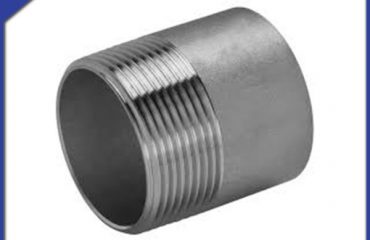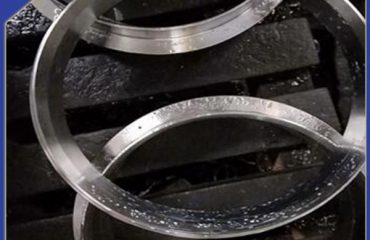
Stainless steel threaded fittings serve as critical connectors in piping systems, bridging gaps between pipes while ensuring reliability across diverse environments. Unlike other fitting types, their threaded design enables secure, tool-assisted assembly—making them a go-to for both temporary setups and long-term infrastructure. To maximize their performance, understanding key considerations in selection, installation, and maintenance is essential.
How to Select the Right Stainless Steel Threaded Fittings
Match the Stainless Steel Grade to the Environment
Not all stainless steel grades perform equally in different conditions. 304 stainless steel is ideal for general-purpose use, such as residential plumbing or low-corrosion industrial settings (e.g., water treatment plants with neutral pH levels). Its 18% chromium and 8% nickel composition balances affordability and basic rust resistance.
For harsher environments, 316 stainless steel is preferred. It includes 2-3% molybdenum, which enhances resistance to chloride-based corrosion—critical for marine applications (saltwater exposure), chemical processing (chlorine-based solvents), or food production (cleaning with chloride-based detergents). Choosing the wrong grade can lead to premature fitting failure, such as pitting or cracking, within months.
Consider Thread Size and Compatibility
Threaded fittings come in two primary standards: NPT (National Pipe Taper) and BSP (British Standard Pipe). NPT threads are tapered (1° 47′ per side), creating a tight seal as they’re screwed together—common in North American plumbing and industrial systems. BSP threads, available in tapered (BSPT) or parallel (BSPP) designs, are widely used in Europe, Asia, and Australia.
Mismatched thread standards result in leaks or damaged connections. For example, pairing an NPT male fitting with a BSP female fitting may seem possible initially, but the thread pitch and taper differences will prevent a proper seal. Always verify the thread standard of existing pipes before purchasing fittings, and use thread gauges if unsure.
Best Practices for Installation and Maintenance
Prep Threads for a Secure Seal
Before installation, clean threads of debris (e.g., dirt, metal shavings) using a wire brush or lint-free cloth. For NPT threads, apply a thread sealant (e.g., PTFE tape or pipe dope) to the male thread—this fills small gaps and prevents leaks. Wrap PTFE tape in the direction of the thread (clockwise for most fittings) to avoid unraveling during installation.
Avoid over-tightening fittings, as this can strip threads or crack the stainless steel. A general rule: hand-tighten first, then use a wrench to turn 1-2 additional rotations (adjust based on fitting size—smaller fittings need less torque).

Routine Maintenance to Extend Lifespan
Even corrosion-resistant stainless steel fittings require regular checks. In industrial settings, inspect fittings quarterly for signs of wear: look for discoloration (a sign of early corrosion), loose connections, or leaks (use a soapy water solution to detect small bubbles). For outdoor or marine applications, increase inspection frequency to every 2-3 months, as salt spray or weathering accelerates wear.
Clean fittings annually with a mild detergent and soft brush—avoid abrasive cleaners (e.g., steel wool), which scratch the surface and break down the protective chromium oxide layer. For fittings in food or pharmaceutical settings, use sanitizers approved for stainless steel to meet hygiene standards without damaging the material.
 Language
Language Espanol
Espanol English
English Italian
Italian عربى
عربى
 Skype: chinamaker99
Skype: chinamaker99  Tel: 86-316-5120812
Tel: 86-316-5120812  Email:
Email:  Whatsapp:
Whatsapp: 
